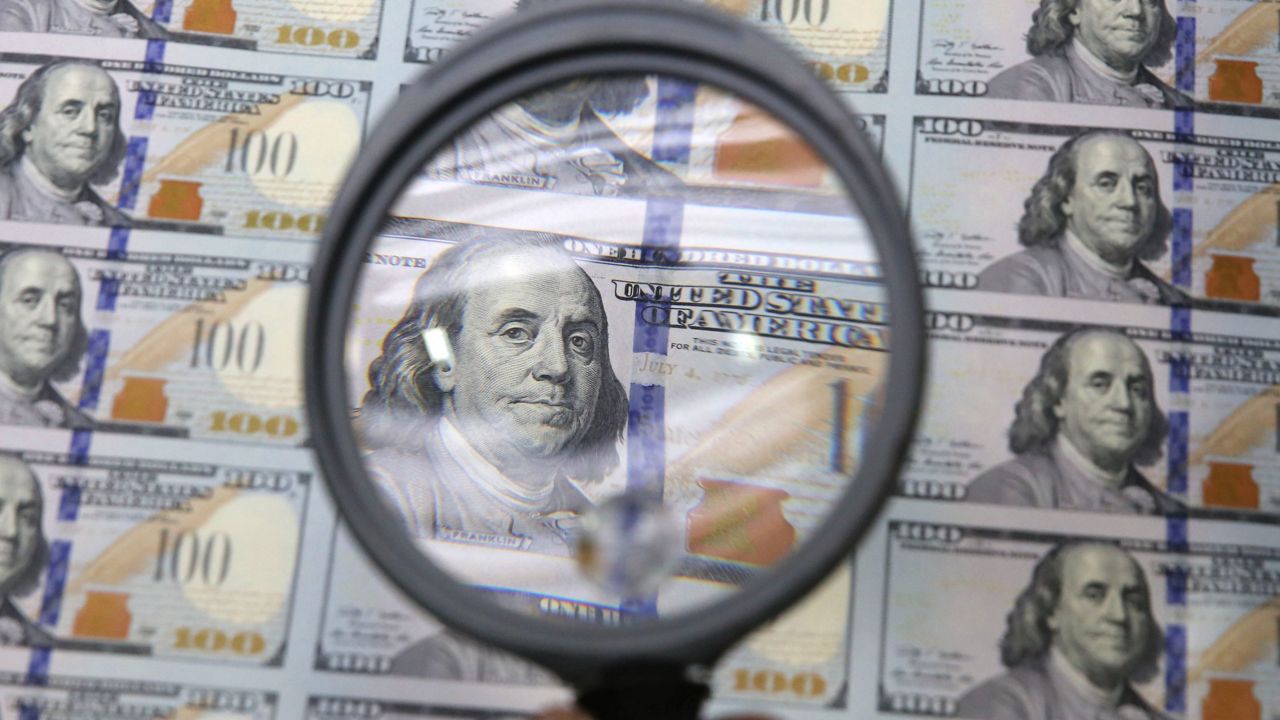The state released its mid-year budget update this week revealing a $26.8 billion cumulative budget gap by 2029. That’s better than what was expected earlier this year thanks to hotter than expected tax receipts from Wall Street, but overall the outlook is a mixed bag as improvement is offset by the impact of the federal spending bill in Washington.
The state’s out-year budget gaps have shrunk since the first quarterly update thanks to those higher than expected tax receipts. The out year budget gap for 2027 went from $7.5 billion earlier this year to $4.2 billion. For 2028, a $12.1 billion gap shrunk to $10 billion, and projections for fiscal year 2029 dropped from a $14.6 billion gap to $12.6 billion.
The state Division of Budget reported that tax receipts are projected to continue to grow 3.4% on average through 2029. That’s a bump from 2.6% in the enacted state budget.
When it comes to the impact of cuts coming from Washington, the federal budget bill is expected to deal an $800 million blow during the current fiscal year. As expected, that will grow to $3.4 billion next year, and more than $4 billion by FY 2029.
For Gov. Kathy Hochul and the state Legislature, this update sets the stage for a tough state budget process.
“It’s a really critical touchstone in the budget cycle to know how well we are doing,” said Patrick Orecki, director of state studies for the Citizens Budget Commission.
Orecki told Spectrum News 1 that the state looks to be in decent shape all things considered, and the upcoming budget gaps can likely be managed through responsible spending, while resisting the urge to raise taxes on the state’s highest earners.
“We would certainly encourage the state to practice some spending restraint, not only with the federal impact the state will have to deal with as they build going forward, but also to close its own budget gaps of its own making,” he said. “I think this state budget situation is difficult but quite manageable, especially if if action is taken as quickly as possible to try to bring down spending growth overtime, you can still grow the budget and close gaps and support all the services that New York offers to residents now so it certainly is manageable if the right choices are made.”
Nathan Gusdorf of the Fiscal Policy Institute sees opportunity. He told Spectrum News 1 that the impact of the “Big Beautiful Bill,” along with the prospect of Democratic New York City mayoral frontrunner Zohran Mamdani’s universal child care plan combine to put pressure on Gov. Hochul and state lawmakers to raise taxes on those high earners. While many Democratic lawmakers are in favor, Hochul has long resisted it.
“They have some extra cash — they can use that to make sure we don’t have a health insurance crisis, and they can use it to avoid a hunger crisis. It might not be enough, that’s okay,” he said, pointing to the idea that tax cuts associated with the federal spending plan offer running room for the state to consider increases for high earners. “That gives the state a lot of room if they need to raise taxes.”

